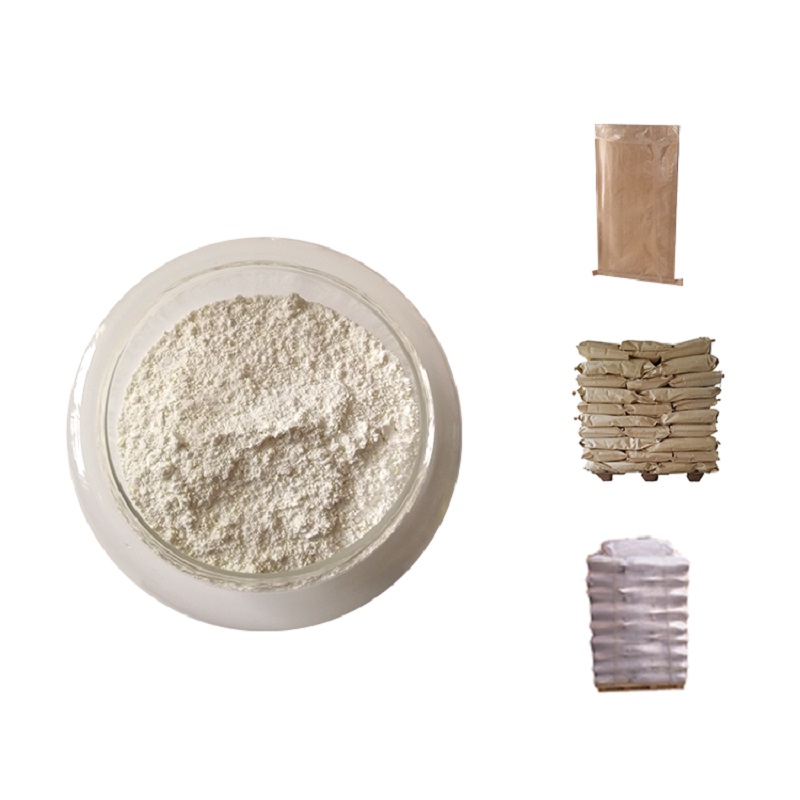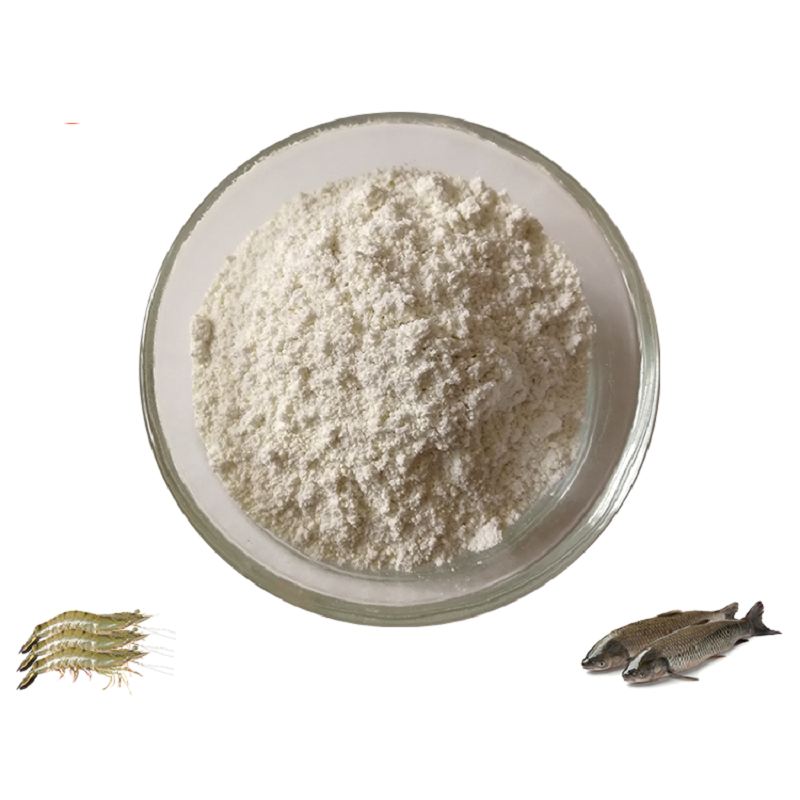The use of Allicin in animal feed is a classic and enduring topic. Particularly in the current context of "antibiotic reduction and prohibition," its value as a natural, multi-functional functional additive is increasingly prominent.
Allicin is an active component extracted from garlic or synthesized artificially. Its primary active substances are organosulfur compounds like diallyl trisulfide. Below is a detailed explanation of its roles and applications in feed.
Core Mechanisms of Action
The effects of allicin are multifaceted, grounded in its unique organosulfur compound structure:
- Broad-Spectrum Antibacterial Action:
- It can penetrate bacterial cell membranes, disrupt their structure, and cause the leakage of cell contents.
- It inhibits the activity of certain enzymes within bacterial cells, interfering with their metabolism.
- It exhibits good inhibitory effects against both Gram-positive and Gram-negative bacteria, such as E. coli, Salmonella, and Staphylococcus aureus.
- Antiviral Action:
- While it cannot directly kill viruses, it can help combat certain viral diseases by stimulating the immune system and interfering with viral invasion and replication processes.
- Appetite Stimulation:
- Allicin has a special, pungent garlic aroma that effectively stimulates animals' olfactory and taste senses. It can mask undesirable odors in feed (e.g., from certain medicines or meat and bone meal), thereby increasing feed intake.
- Immune Enhancement:
- It promotes the development of immune organs (e.g., spleen, thymus) and enhances the phagocytic activity and proliferation of macrophages and T-lymphocytes, thereby boosting the body's non-specific immunity.
- Improved Gut Health:
- It optimizes the intestinal micro-ecology by inhibiting harmful bacteria and promoting the growth of beneficial bacteria (e.g., Lactobacillus).
- It helps to expel and kill intestinal parasites (e.g., roundworms).
- Improved Meat Quality:
- Long-term supplementation can reduce cholesterol levels in meat and increase the content of flavor-enhancing amino acids (e.g., methionine) in muscle, resulting in more delicious meat.
Applications and Effects in Different Animals
1. In Poultry (Chickens, Ducks, Geese)
- Antibiotic Alternative for Gut Health: Effectively prevents and reduces the incidence of E. coli, Salmonellosis, and Necrotic Enteritis, lowering mortality rates.
- Improved Production Performance: Increases feed intake and feed conversion ratio, promoting weight gain.
- Improved Egg Quality:
- Laying Hens: Long-term use can increase the laying rate and significantly reduce cholesterol content in eggs, producing "low-cholesterol, nutrient-enriched eggs."
- Health Protection: Use during stress periods (e.g., seasonal changes, vaccination) enhances overall resistance.
2. In Swine (Especially Piglets and Finishing Pigs)
- Control of Piglet Diarrhea: Highly effective against E. coli that causes piglet scours, making it an excellent "antibiotic alternative" in weaner diets.
- Growth Promotion: The unique garlic aroma effectively attracts piglets to eat, alleviates weaning stress, and improves average daily gain.
- Improved Carcass Quality: Increases lean meat percentage, reduces backfat thickness, and improves pork flavor.
- Parasite Control: Has certain anthelmintic effects against parasites like swine roundworms.
3. In Aquatic Animals (Fish, Shrimp, Crabs)
- Potent Feeding Attractant: Has a strong appetizing effect on most aquatic species, significantly increasing feeding intake and reducing foraging time.
- Prevention and Treatment of Bacterial Diseases: Effective in preventing and treating bacterial enteritis, gill rot, and red-skin disease.
- Liver Protection and Choleresis: Promotes hepatic fat metabolism and helps prevent fatty liver disease.
- Water Quality Improvement: Allicin excreted in feces can slightly inhibit some harmful bacteria in the water column.
4. In Ruminants (Cattle, Sheep)
- Regulation of Rumen Fermentation: Inhibits harmful rumen microbes and promotes beneficial ones, improving fiber digestibility and volatile fatty acid production.
- Increased Milk Yield and Quality: Can increase milk production to some extent and reduce somatic cell counts.
- Parasite Control: Has some repellent effect on gastrointestinal nematodes.
Usage Considerations
- Dosage:
- More is not always better. Overdosing can be counterproductive, causing excessive irritation to the oral cavity and gastrointestinal tract.
- The recommended dosage is generally 50-300 grams per metric ton of complete feed, depending on the animal species, growth stage, and product purity.
- Stability:
- Natural allicin is heat-sensitive and easily decomposes when exposed to light and heat.
- Most allicin used in the feed industry is encapsulated or chemically synthesized, greatly improving its stability to withstand pelleting temperatures and ensuring active components reach the intestine.
- Odor Residue:
- While an advantage in feed, caution is needed. High usage in dairy cows and goats may impart a garlic flavor to milk products. A appropriate withdrawal period before slaughter is advised to avoid carcass odor.
- Compatibility:
- It may antagonize certain antibiotics (e.g., oxytetracycline), but generally has no adverse interactions with most additives.
Summary
Allicin is a natural, safe, and efficient feed additive that integrates antibacterial, appetizing, immune-enhancing, and quality-improving properties. In today's era of comprehensive "antibiotic prohibition," it plays an indispensable role in maintaining animal intestinal health and ensuring the green, sustainable development of the animal husbandry industry, thanks to its advantages of leaving no residues and having a low potential for generating bacterial resistance. It is a classic "all-rounder" in feed formulation.
Post time: Nov-11-2025







